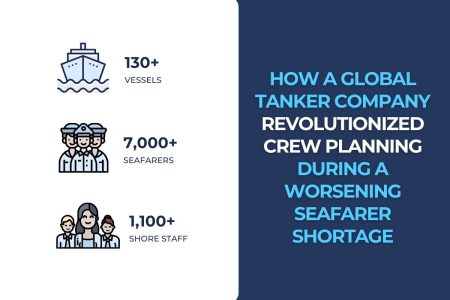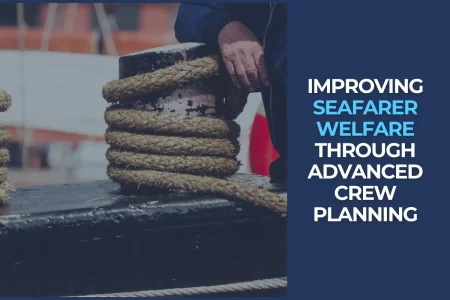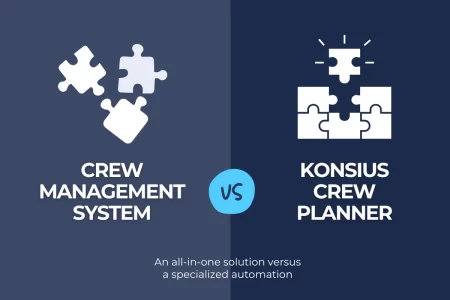Leadership alignment forms the backbone of the implementation. Creating a solid leadership coalition and reiterating the “Case for Change” ensures a unified direction. By prioritizing key areas and establishing a robust implementation team, we lay the groundwork for a successful transformation.
In this phase, thoughtful process design and early stakeholder engagement are critical for securing buy-in from the beginning. A well-articulated communication strategy and comprehensive planning keep all parties aligned. Training and coaching sessions are prepared, resources allocated, and a baseline is set, supporting the case for change and measuring progress in the benefit realization phase.
This step is about connecting the Konsius Crew Planner with your existing crew management system. We’ll work closely with you to integrate the new tool and to understand your current processes. This also involves planning out what the future processes will look like with the Crew Planner in place. By doing this, we make sure that the system is set up correctly to work well with your company’s specific needs and requirements.
Testing the new setup is crucial before going live. This soft-launch phase, typically with a small internal team, allows us to pilot the system and ensure all rules and processes are company-aligned, with ongoing support and adjustments made as needed.
With successful testing, the system scales organization-wide. Training persists, with hypercare in place to provide extra support for any issues as they arise. Face-to-face Go-Live workshops and a team of super-users within the company are recommended to facilitate a smooth transition.
This phase solidifies the new processes, transitioning responsibilities and setting up a continuous improvement process. Support and coaching are provided to ensure the new ways of working are fully adopted.
Finally, we review the “Case for Change” and the benefits achieved relative to our initial objectives. We follow up diligently on the benefit realization plan to ensure the changes are deeply embedded and set new ambitions, celebrating the successes and communicating future visions to the whole organization.
The Konsius 7 Steps Implementation Model isn’t merely a series of tasks; it’s a holistic strategy for change management, acknowledging the complexities of implementation while marking each milestone with due recognition. It’s an end-to-end journey that readies your maritime operations for an efficient, innovative future with the Konsius Crew Planner.
Here’s a visual summary of our plan:





